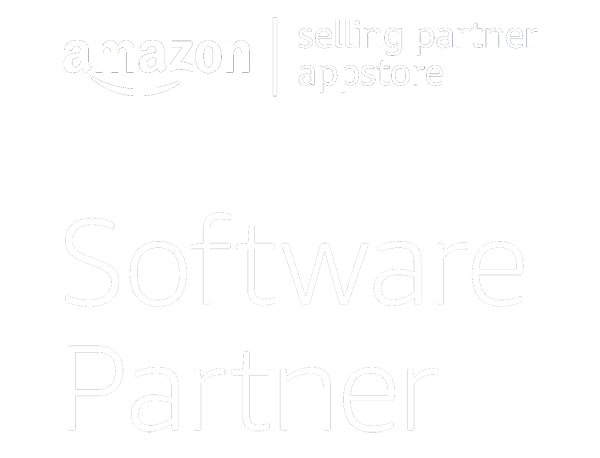In the ever-evolving world of eCommerce, aspiring and established entrepreneurs constantly pursue the ideal platform to propel their online stores to new heights. Shopify and Amazon, two eCommerce giants, have emerged as frontrunners, each offering unique features and benefits tailored to various business models. But how do you decide which is the perfect fit for your online store? In this comprehensive comparison, we’ll look into the intricacies of both Shopify vs. Amazon platforms, examining key factors such as ease of use, customization options, fees, and marketing capabilities, with the hope of ultimately guiding you to make an informed decision that aligns with your entrepreneurial vision and goals.
Ease of use
If you’re not a programmer, then you’ll want to choose an eCommerce platform that’s easy to use. In the fight of Shopify vs. Amazon, Amazon is undoubtedly more complicated than Shopify in this regard; dozens of settings and configuration options are available, which can confuse new sellers who want their products up on the site as quickly as possible.
However, Shopify has made it easy for anyone with basic computer skills to start selling online quickly. You can set up your store in less than half an hour, thanks to its simple drag-and-drop editor feature that lets you customize your website without any technical knowledge!
Cost
Cost is the most obvious difference in Shopify vs. Amazon. If you want to sell products on either platform, you’ll have to pay a monthly fee. You also face the potential of incurring additional costs to use specific features or increase your inventory limits.
Amazon offers two pricing tiers: Basic ($0 per month) and Professional ($39 per month). The Basic plan allows users to test out their product listings before upgrading to the Professional plan, which comes with more storage space for images and video clips as well as more advanced reporting tools that can help sellers understand how well their listings are performing in search results pages (eBay calls these “search rankings”).
Shopify offers three different plans: Shopify Starter ($5 per month), Basic Shopify ($39 per month) and Advanced ($399 per month). These plans provide varying levels of access depending on how much traffic or sales volume they expect from each subscriber–but all three-offer unlimited bandwidth so that no matter how popular your store becomes during peak season (or even non-peak), there’ll always be enough bandwidth available at all times without having any negative impact on its performance.
Support
Support is another major consideration. If you’re running a store, you’re probably going to need help at some point, and it’s important that you can get it when you need it. In regards to Shopify vs. Amazon, they both have some complaints from sellers, however they do offer some sort of support.
Amazon offers 24/7 live chat support and phone assistance through its Amazon Seller Central account management system. Shopify also offers live chat support, as well as email and phone assistance via their Help Center.
Design
Design is an important factor when choosing between Shopify and Amazon. If you’re going for a unique and eye-catching design, then Shopify might be your best bet. With their drag-and-drop editor, creating a store that looks exactly how you want it to is easy for new or seasoned sellers.
On the other hand, if having a pre-made template is more your style, then Amazon may be better suited for you. Amazon offers a variety of templates available from third parties for sellers to use when designing their store.


